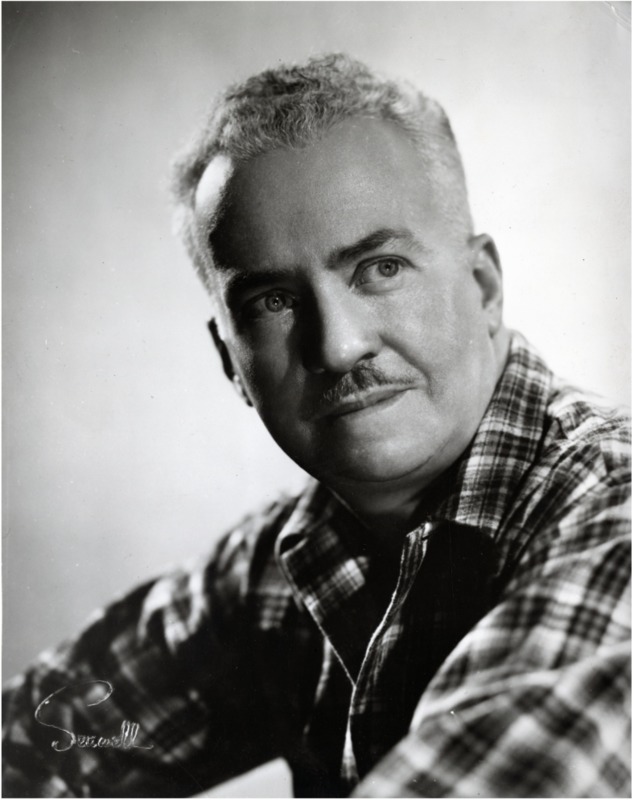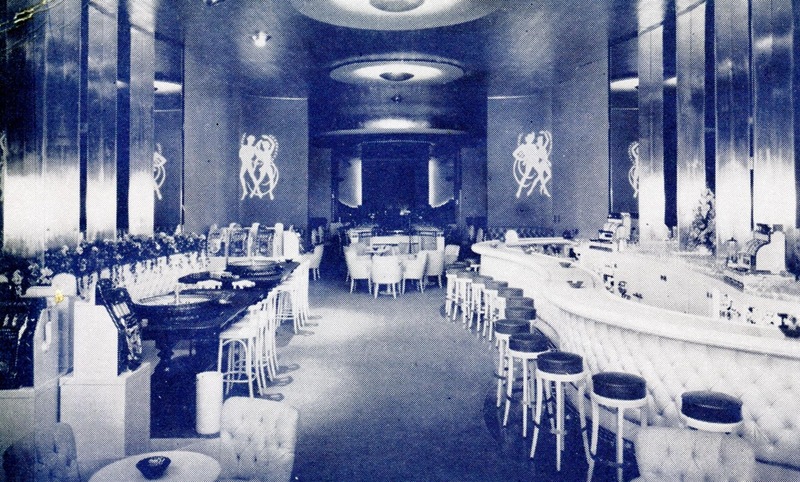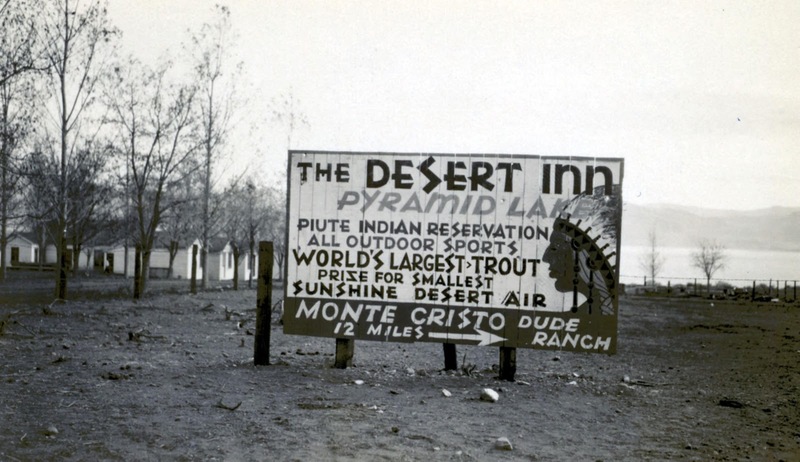Reno Residence Options Evolve With Residency Law

The lowering of residency requirements caused Reno housing options to expand.
News of Laura Corey’s divorce brought hopeful divorcees to Reno in droves. To augment the influx of divorcees and improve the state’s reputation, the state legislature voted to lengthen the time required to establish residency in 1913. The state increased the required six-month residency to one year to slow the draw of divorcees. However, amidst competing divorce havens, Nevada’s economic success came to a halt. Therefore, just two years later, in 1915, the legislature remitted the change and the six-month residency was reinstated. The divorce mecca was restored. Divorcees continued to cycle through the town throughout that decade and into the next.
The fluctuating residency requirement shifted again in 1927 as six month stays were reduced to three months. However, as the Great Depression hit, divorces around the country waned. In 1931, Nevada combatted the economic devastation by legalizing gambling and amending the state residency requirement. Suddenly, residency could be established and divorces obtained in a mere six weeks. By offering the easiest divorces and the forbidden sport of gambling, Nevada found financial respite in one of the most devastating economic crises.
With their sights on the 1927 revisions to the state’s divorce law, forthcoming hotel owners lobbied to support the reduction in residency requirement. As a result, two massive hotels were constructed to accommodate the anticipated influx of visitors. The El Cortez Hotel and the Riverside Hotel would continue to expand over the 19th-century.
This growth of housing opportunity in Reno would explode and diversify in the coming decade. After the residency requirements were shortened once again in 1931, the city’s population continued to swell and more divorcees began to briefly call Reno home. The town’s expanding population was supported by the city’s accommodations. The housing accommodations varied to fit the range of economic backgrounds flocking to the city.
The emergence of guest ranches in the 1920s offered alternative housing for Reno divorcees. In 1927, Cornelius Vanderbilt Jr. opened the luxurious Lazy Me Dude Ranch which was equipped with private baths for posh visitors like Amelia Earhart. Lavish accommodations like Vanderbilt’s contributed to an increase in affluent visitors and Reno offered divorces to many prominent figures during the early 1930s. In a span of three years, Dale Carnegie (1931) General MacArthur (1929), and Norman Rockwell (1930) all received Reno divorces either by their spouse’s trek to the city or by their own Reno relocation.
Dude ranches offered housing at lower costs and subsequently offered the possibility of divorce to those with less financial security. On these ranches, labor may be required to fulfill housing costs. While some found peace and solace in a cost-effective stay on a ranch, other visitors found themselves spending their six-weeks at a luxurious six story hotel. Reno’s economic opportunity offered a variety of housing options for those seeking dicorves. While housing and entertainment expanded, the Washoe Courthouse remained Reno’s greatest attraction as the courthouse flooded with divorce decrees.
Images


